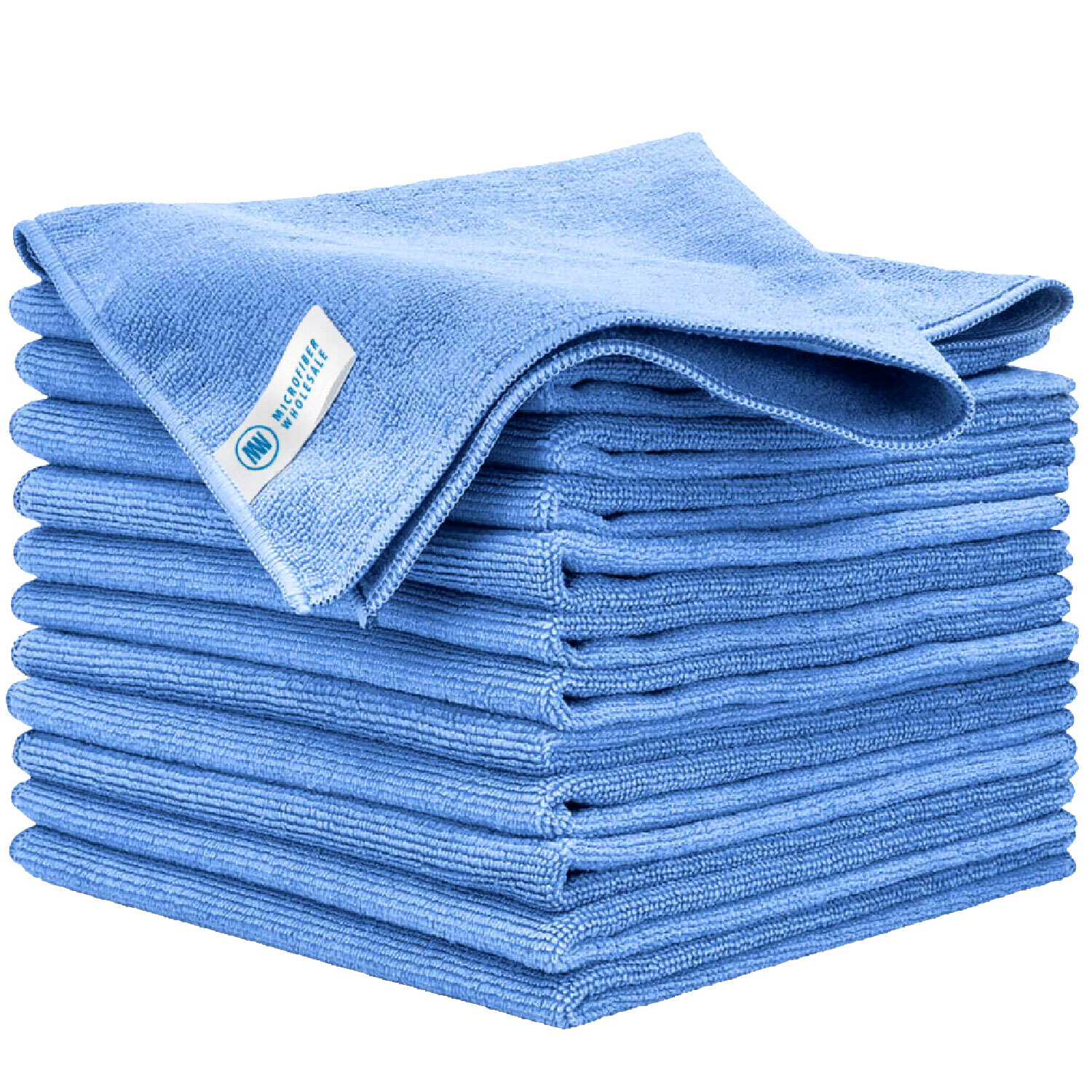All About Sheets
How Often You Should Change Your Sheets
Changing your sheets regularly is crucial for maintaining a clean and healthy sleeping environment. It’s generally recommended to change your sheets once a week, especially if you sweat at night or have allergies.
If you’re sick or have pets that sleep on the bed, consider changing them more frequently. Regularly changing your sheets helps to remove dust mites, bacteria, and dead skin cells that can accumulate over time.
When to Replace Sheets
Sheets, like all bedding, have a lifespan. Depending on the material and how often they’re used and washed, sheets typically last between 2 to 5 years.
Signs that it’s time to replace your sheets include thinning fabric, fading, or small tears. If your sheets no longer feel comfortable or are showing signs of wear, it’s time to invest in a new set to ensure a cozy and restful sleep.
Best Way to Store Your Sheets
Proper storage is key to keeping your sheets fresh and ready for use. Start by folding your sheets neatly and storing them in a cool, dry place, such as a linen closet.
To keep sets together, you can place the folded sheets and pillowcases inside one of the matching pillowcases, use a specific folding technique, or use a fabric storage bag. Avoid storing sheets in plastic, as this can trap moisture and lead to mildew.
If you have multiple sets, rotate them regularly to ensure even wear. Adding a sachet of lavender or cedar can help keep your sheets smelling fresh and deter pests like moths.
LINK: How to fold a fitted sheet
How to Wash & Dry Sheets
Washing your sheets correctly will keep them looking and feeling their best for years. Use a gentle detergent that’s free of harsh chemicals and strong fragrances, especially for natural fabrics like cotton and linen.
Wash sheets in warm water to effectively remove dirt and oils, but avoid hot water as it can cause shrinkage and wear out the fibers faster. Use the normal or delicate cycle on your washing machine, and avoid overloading it to ensure a thorough clean.
When it comes to drying, tumble dry on low or medium heat to prevent excessive wrinkling and fabric damage. Remove sheets from the dryer promptly and fold them to avoid wrinkles, or line dry them if you have the space.
Additional Care Tips for Your Sheets
Spot Cleaning
If there are any spots or stains, treat them with a stain remover before washing and drying. Once you put any item in the dryer it will usually set stains, so make sure you treat them before drying.
Blot the sheet with the remover gently with a microfiber cloth to lift soils without damaging the fabric.
Avoid Bleach
Never use bleach on sheets; it's harsh and can degrade the fibers, significantly shortening their lifespan.
Regular Care
Regularly washing and proper drying will keep sheets fresh and extend their life, allowing you to enjoy the luxurious comfort they offer for many years.


















 By continuing with your order, you acknowledge and agree to the following:
By continuing with your order, you acknowledge and agree to the following: